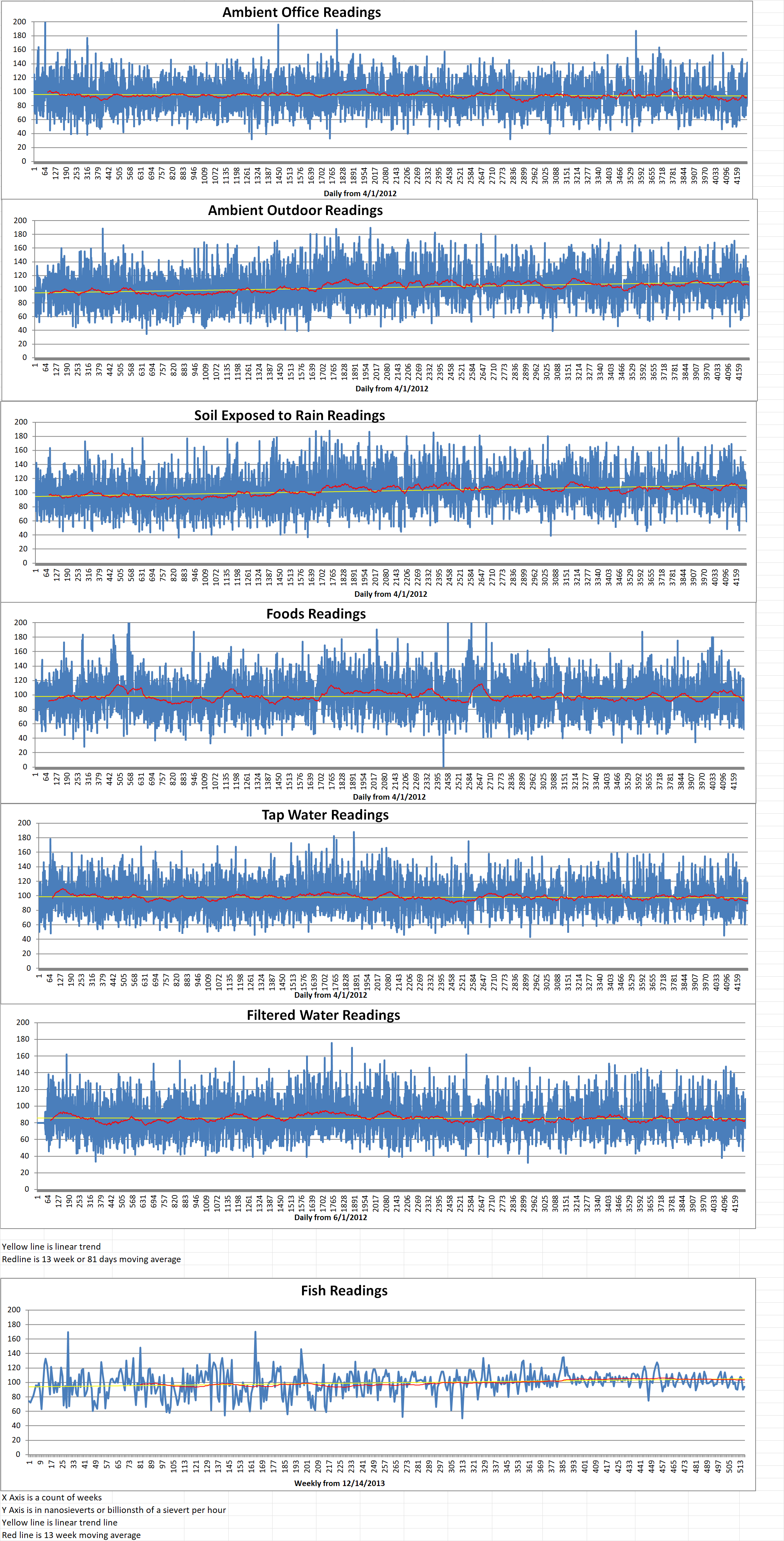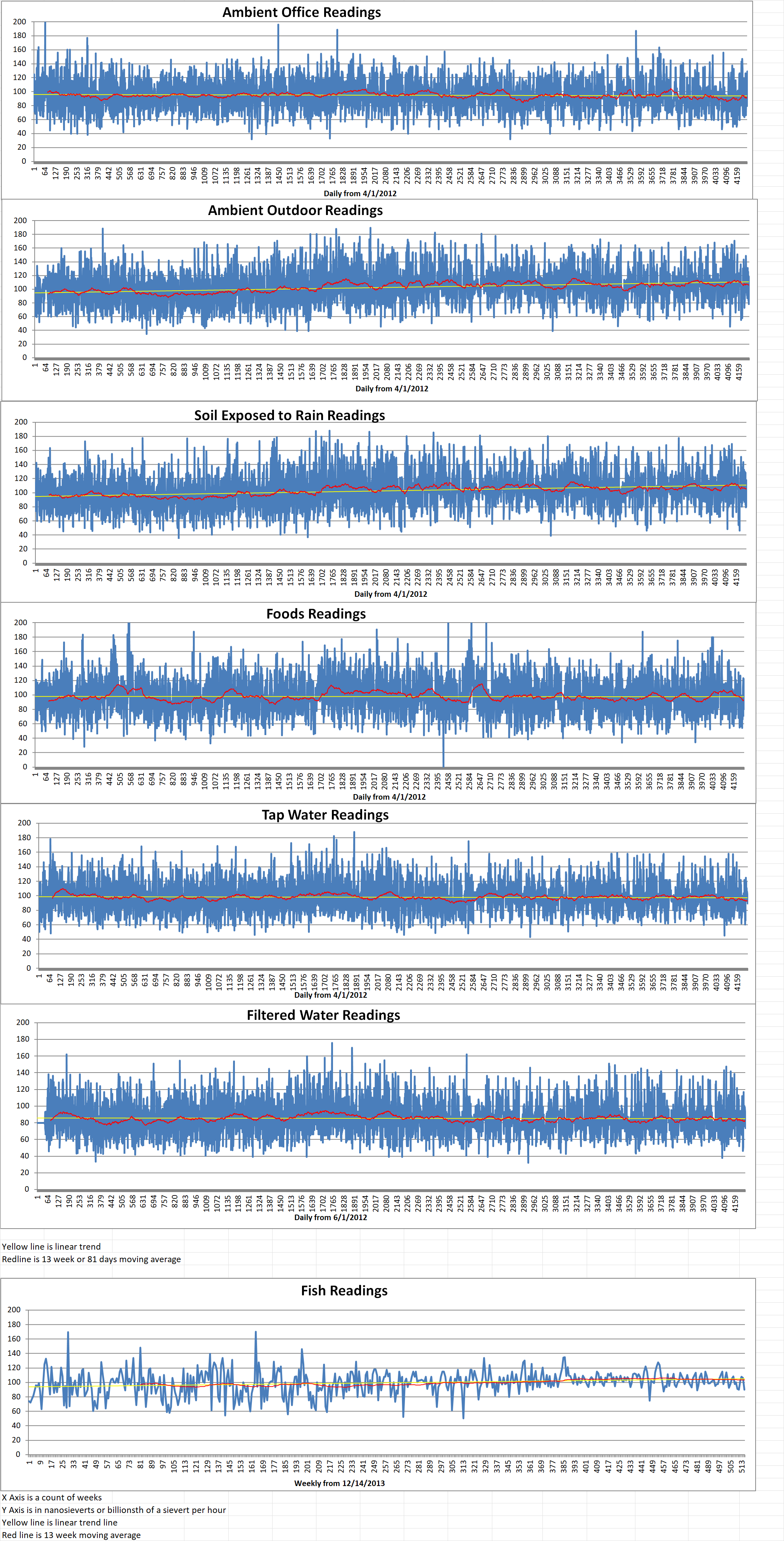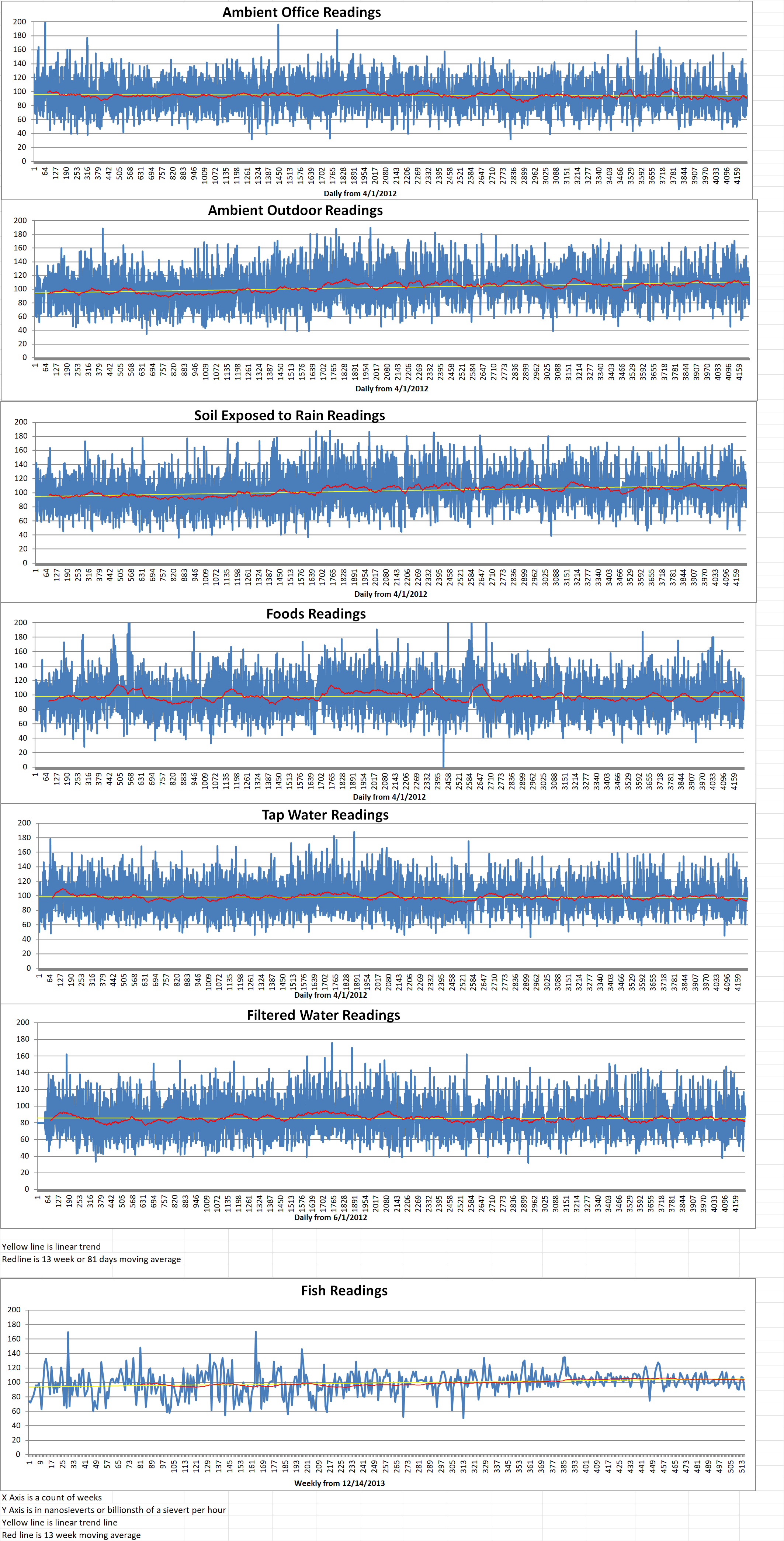Maroš Šefcovic is the European Commission executive vice-president. He told the ‘Powering Tomorrow, Inspiring Today: Nuclear Energy 2.0’ conference in Brussels that he recognized the need for EU support in investment, funding, and financing due to the high costs associated with nuclear projects.
Because of these challenges, he called for streamlining construction processes, highlighting nuclear energy’s cost-effectiveness and its consistent, clean power generation capabilities.
Šefcovic is responsible for the Green Deal, the commission’s pivotal policy initiative aimed at making the bloc’s economy climate neutral and sustainable. He said that Europe operates more than one hundred and fifty nuclear power plants, accounting for twenty two percent of its electricity supply. He highlighted the potential of small modular reactors (SMRs) and nuclear fusion for Europe’s energy landscape.
The Nuclear Energy 2.0 conference was jointly hosted by power companies EDF, Fortum and Vattenfall, with Euractiv as media partner.
Thierry Breton is the European commissioner for the internal market. He praised the qualities of nuclear energy, saying it was “once again central in the debate”.
Breton said that nuclear energy is a key element for safeguarding European autonomy and industrial leadership. This is especially true when by 2050 energy demand will double and need to be carbon neutral.
Breton added that the EU should allow companies and investors to speed up the permitting process for new nuclear. Nuclear technology legislation should be established that promotes an integrated approach to research, deployment and reinforcing the market.
The conference heard that if the commission wants to reach its carbon neutral goals, nuclear power should be its biggest energy source. Breton said that Europe should “wise up and turn away from its current trajectory, where the amount of nuclear electricity production has declined in recent decades”.
Breton told a panel that Europe has voluntary reduced its nuclear power capacity and surrendered technological leadership to Russia and China while it now suffers from “resource poverty”.
The EU needs to focus on facilitating the large-scale nuclear construction Europe needs by making investment easier and more available. This is an area where the European Investment Bank has a role to play, panelists agreed.
The panel noted that significant investment is needed for new nuclear. However, nuclear power plants are not “expensive per se” because a huge amount of energy is densely concentrated. This guarantees a long-term, stable supply.
Luc Rémont is the EDF chief executive officer. He said consumer demand should be central and that “only nuclear and hydro can produce the required, constant base load, 24/7”.
Ann Mettler is the vice-president at Breakthrough Energy, an organization established by Bill Gates. She said that the lack of competitiveness is growing in the EU. The future demand for energy will be much larger, noting that AI is extremely energy intensive.
Mettler warned that “No electricity, no progress,”. She added that policy decisions should be less ideological as “we can’t regulate ourselves to net zero”.
The panelists said there is no silver bullet and a pragmatic energy mix is required. It has to leave ample room to maneuver for member states. They said that there is no “one size fits all” solution and Brussels should not dictate this.
The panel stressed the need for a level playing field and a technology neutral taxonomy. These should be combined with risk-sharing instruments, so that all financial institutions would be able to invest in nuclear energy. There should be fair access for investment in all net-zero technologies.






